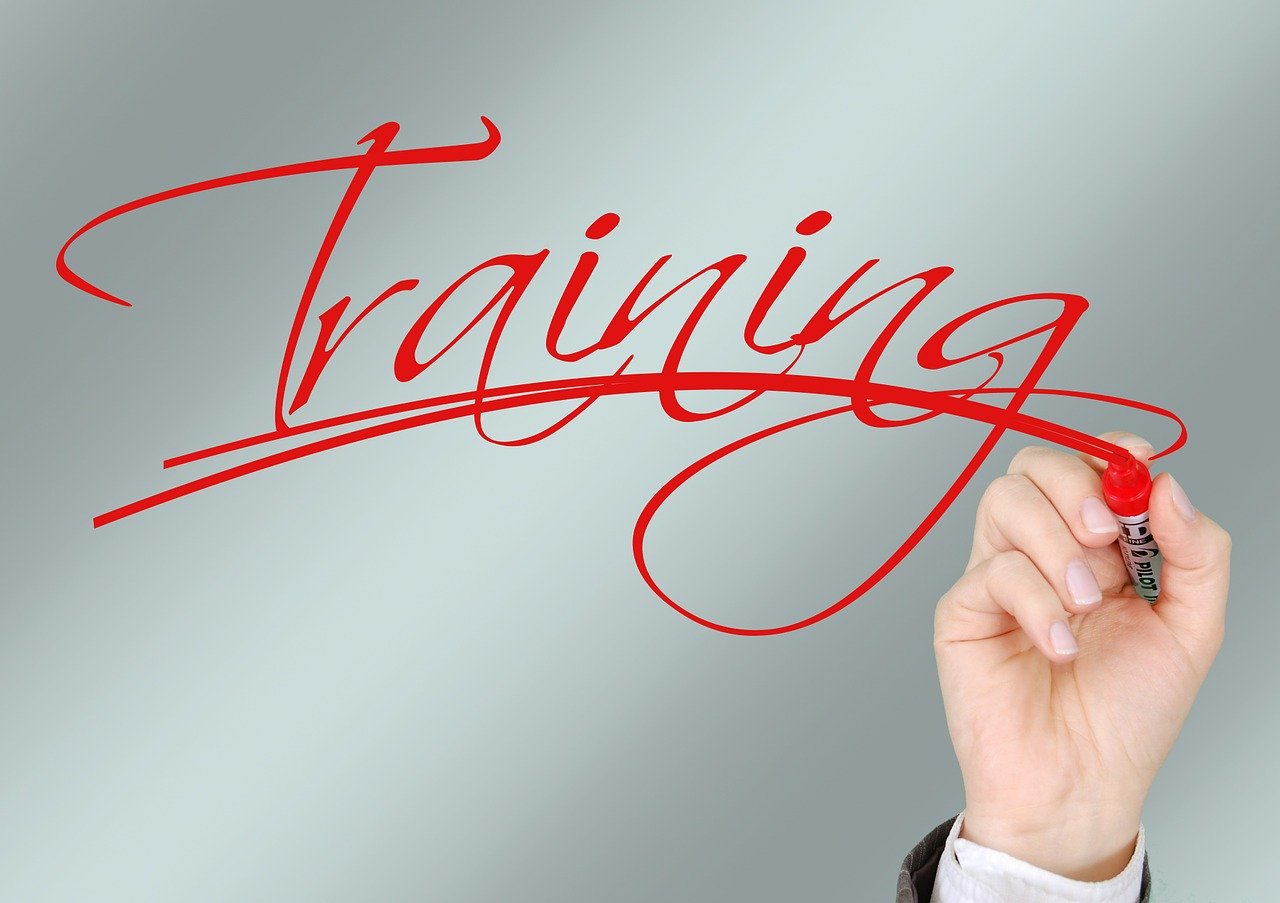Increase the impact by shifting the emphasis from process to people.
Decades of research has shown that, when it comes to driving high performance in organizations, what matters most is open communication, candid feedback, and trust. It is the day-to-day behaviors that support those outcomes that comprise effective performance management.
However, in most organizations, performance management is confused with performance appraisal—the annual process of setting goals, monitoring progress, and providing performance ratings. Consequently, "performance management training" often is more about helping people navigate the formal administrative system than about building better daily habits that will lead to high performance. Training professionals can support performance management transformation with a few shifts in the focus of how these important skills are developed.
When asked what they strive to achieve in their performance management systems, PDRI clients often respond with the following goals:
- Improve communication between employees and managers.
- Help employees develop better skills and grow in their careers.
- Help work get done.
- Ensure employee actions align with individual goals.
- Hold people accountable for achieving results.
Most performance management approaches fall short of those objectives. To achieve desired outcomes, organizations need to identify their most important performance management goals and align learning objectives to those goals.
Why it works
Traditional performance management training often includes topics such as setting SMART (specific, measurable, attainable, relevant, and time-bound) objectives, using performance management software, documenting performance in the appraisal form, and conducting midyear and end-of-year conversations. However, research demonstrates that—even when done well—those activities have little overall impact on actual performance.
So what does work? Research shows that the highest impact activities for leaders to engage in are:
- ensuring that employees understand the organization's mission and how their work fits into the bigger picture
- providing clear expectations and working collaboratively to solve problems
- delivering honest, candid, and timely feedback to employees; soliciting upward feedback; and encouraging feedback among team members
- creating challenging experiences to help people develop.
The impact is even more powerful when both managers and employees demonstrate these behaviors and engage in these activities with their higher-ups and peers. For example, when two peers work together on a project, do they take the time to discuss expectations and how they will work together and communicate? Do they make it a habit to give each other clear feedback along the way?
By devoting more training time to developing the skills needed to successfully perform these activities, performance management training can have a greater impact on individual and organizational performance.
Guidelines
Sustaining learning and checking to see if behaviors are changing are two critical elements to performance management.
Go beyond the classroom. Even the best training programs fail to have an impact if learning stops when class is over. To help employees apply what they learned beyond the classroom, additional sustainment and reinforcement are needed.
One practical way to sustain learning is to provide job aids and checklists that employees can reference when they are back on the job. For example, a checklist for setting effective expectations can be useful when launching a new project.
Another approach is to ask training participants to identify an "accountability partner." This individual is a peer who the participant stays in touch with after the class to share challenges and lessons learned, and to report actions taken and progress made on behavior changes.
It also is useful to periodically refresh the training content in informal discussion groups where peers talk about similar challenges and provide one another with feedback. Sample discussion topics include
- helping employees navigate a heavy workload, prioritizing when resources are constrained, and overcoming organizational obstacles
- finding meaningful development opportunities through on-the-job experiences
- delivering tough feedback in the face of defensiveness and resistance.
Evaluate and improve performance management. Performance management evaluation typically seeks to address questions such as: Were the appraisal forms submitted on time? Were the proper procedures followed? Are employees satisfied with available training?
However, the best companies evaluate the impact of training by examining behavior change—not just compliance. One approach to improve performance management is to use simple surveys at the end of training sessions to gauge employee and manager confidence about their ability to apply what they learned on the job, and to ask about barriers to implementation.
Additionally, companies can ask managers and employees to indicate the extent to which they observe key behaviors on the job several months after training. For example, ask how often managers:
- communicate a clear vision and strategy for where the team is going
- ensure that employees understand what is expected and what defines success
- provide regular, informal feedback about day-to-day performance
- provide stretch assignments that allow employees to build skills, grow, and advance.
By asking how often these behaviors occur and whether they meet employee needs, managers get actionable feedback on the specific behaviors they need to encourage.
Results
You don't need to revise your entire performance management training program to have a positive impact. To achieve better results, organizations need to shift from a nearly exclusive focus on the appraisal process to an emphasis on developing the skills necessary to engage in productive day-to-day communications and build trust.
Organizations that have incorporated these techniques into their performance management training have observed a variety of positive outcomes. One manager noted a more open and trusting environment in which people said they felt comfortable raising concerns. Another manager observed a greater willingness of employees to more quickly resolve problems among themselves rather than escalating them to supervisors. Over time, these behavioral changes can contribute to a culture of high performance that encourages all employees to perform to their potential.
Rose Hanson is senior director of leadership and organizational consulting at PDRI, a CEB company
Elaine Pulakos, president of PDRI, is an internationally recognized contributor to the field of industrial and organizational psychology
by Rose Hanson, and Elaine Pulakos Source: www.astd.org





